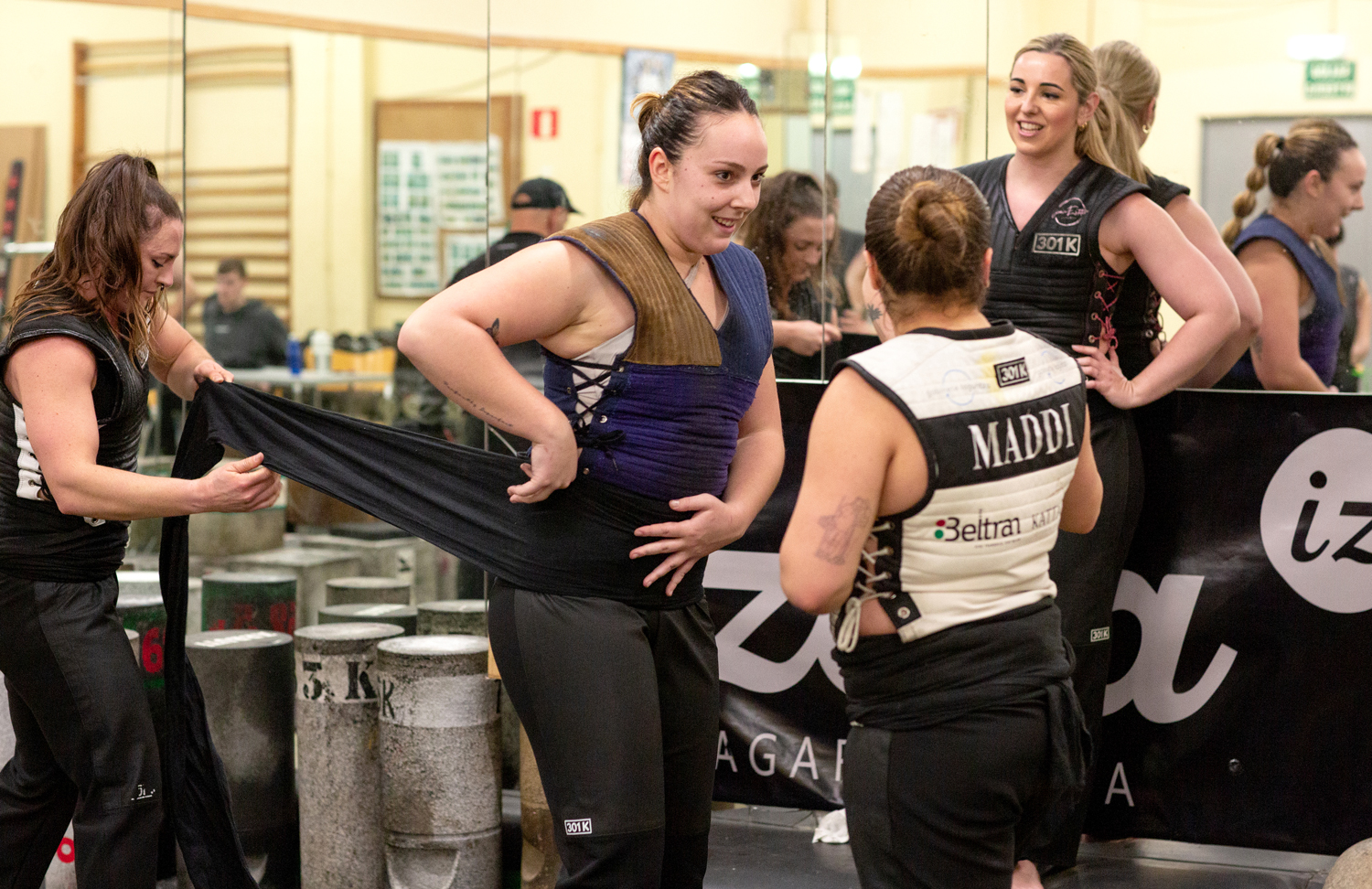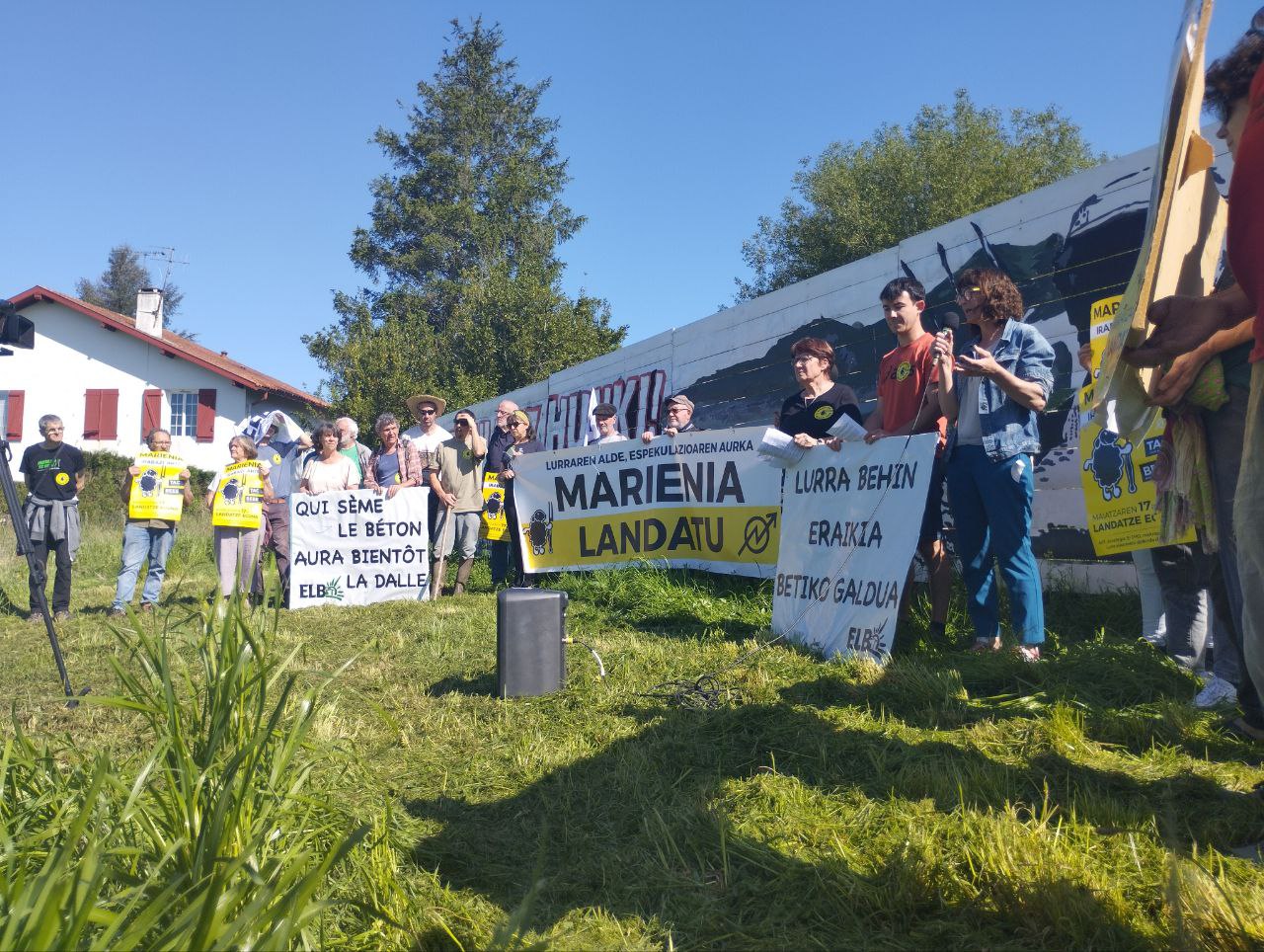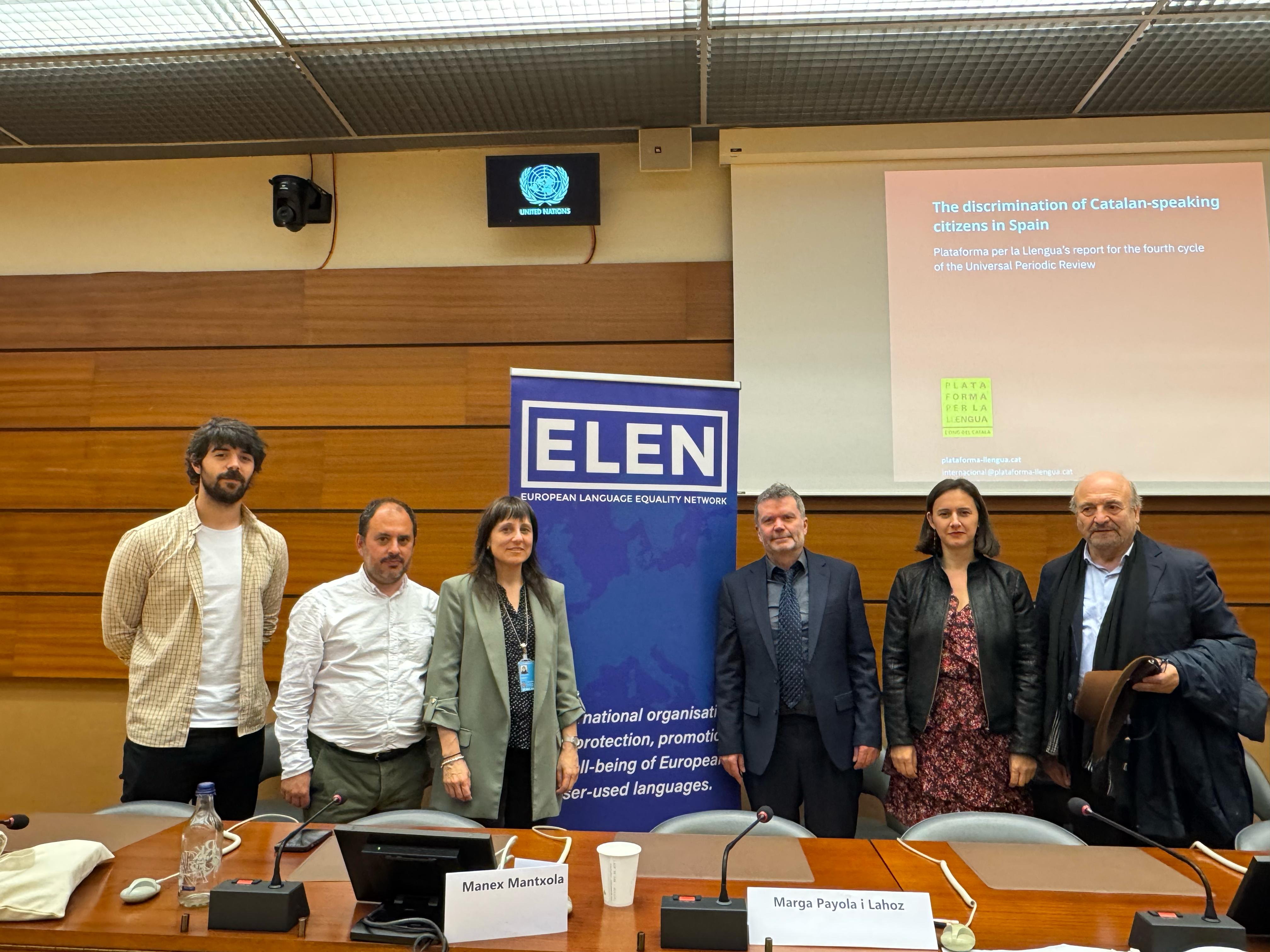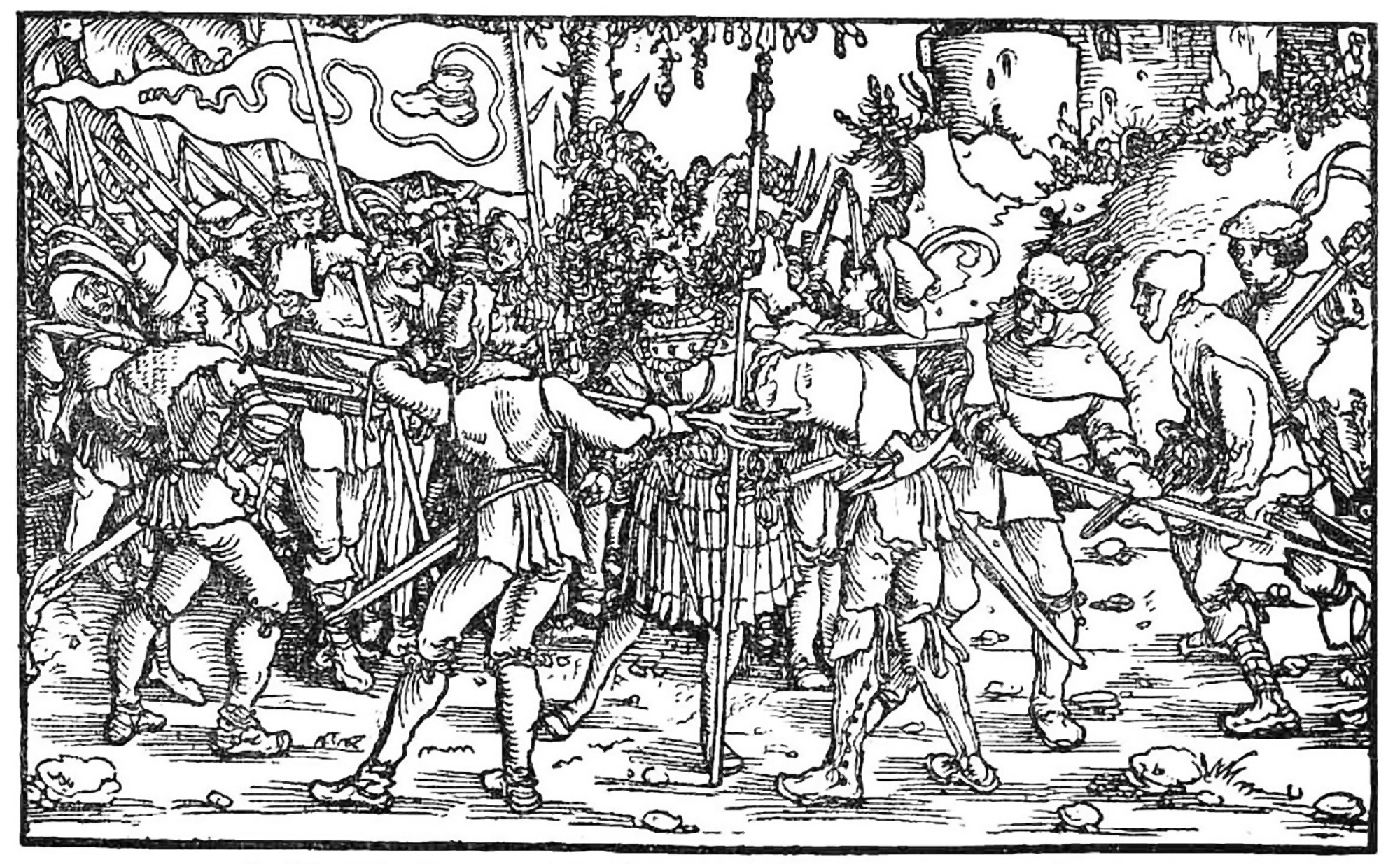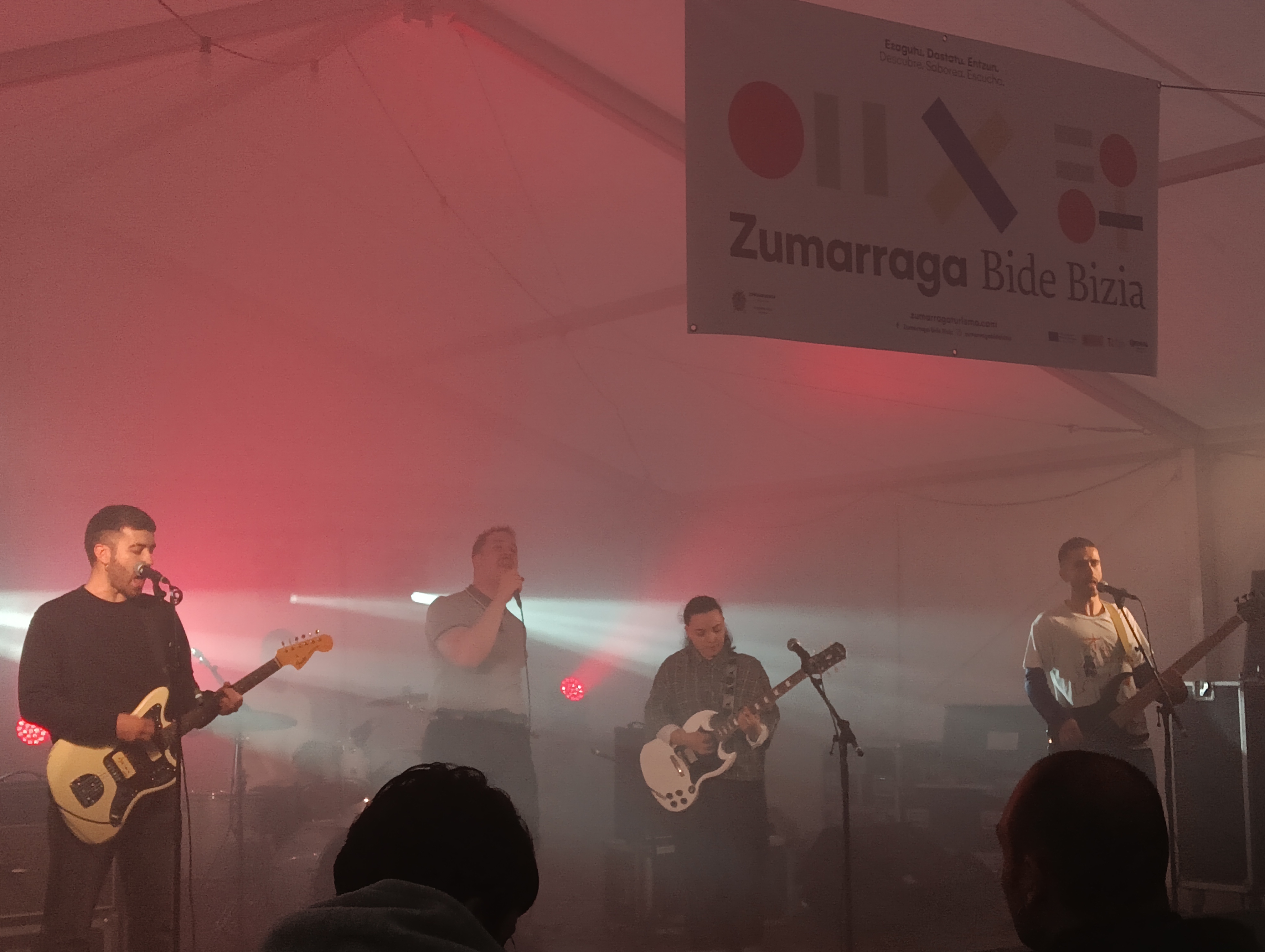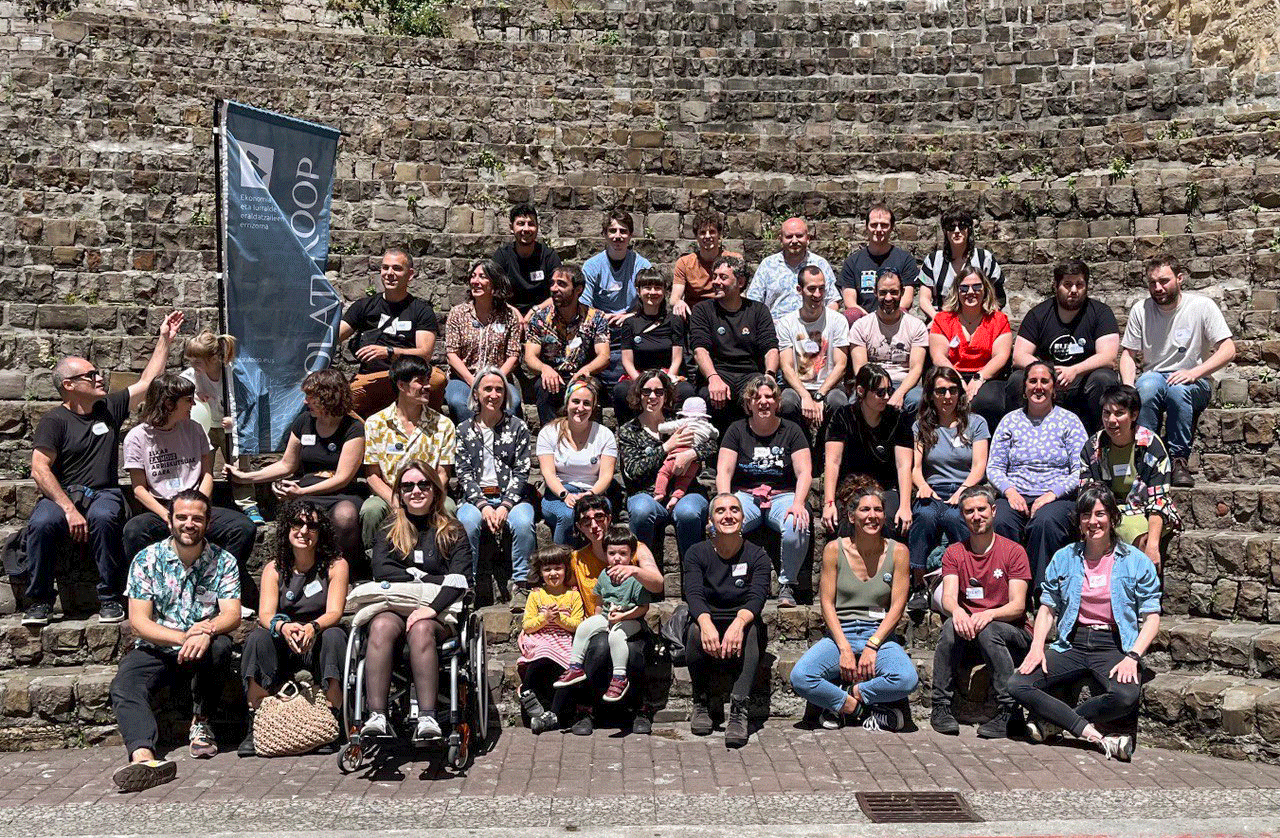"Let the Lilathon be the springboard to participate in popular events"
- The Lilaton race will hold its 22nd edition on March 13. Lurdes Alonso (San Sebastián, 1959) is an organizational assistant. The passionate runner has participated in the 21 editions of the Lilathon among a thousand tests. It is clear that there is still a need for a career that is only for women.
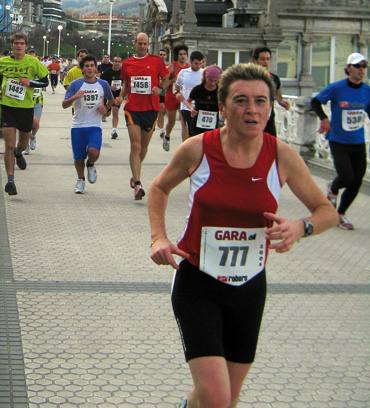
Under the pretext of March 8, the 200 participants did not make it to the first edition of the women’s race called Lilaton, held in San Sebastián. The organization estimates that there will be more than 2,000 runners on March 13. “In the first Lilaton we were going to be about 200 and they were looking at us from the edges of the streets saying ‘where did these come from?’” Organizing a career of 2,000 people is a matter of great weight. Many of the organizers of the race are from the beginning and this worries Alonso: “We have two seniors on the team. Without them, I don’t know how we would manage to organize all this. We would like young people to grow up, but no one wants to take on this kind of work. In reality, militancy is already a thing of the past.”
Why did you organize the race that was only for women?
A small group of women runners took part in the races. We used to do very little testing and were practically doing verses on the street. We've been sent to sanding clothes, to scrubbing and everywhere. So we were thinking about two things: promoting women’s participation in popular races, and simply encouraging them to do sports, losing fear of the street. The main goal was to hook women into sports, outdoor sports. Women in gyms, but not so much on the street.
Iratxe Aranburu, a runner from Zarautz, has often said that the woman is playing sports, but above all, she is between four walls.
There's another thing there. No popular races are held, at least not in the way that the word popular means. People are getting more and more training, the level is getting higher... Many women just want to participate and it’s hard for them to stay behind in the races. So, some of them, as they have only one goal to participate and have fun, do the Lilato and that’s it.
You talked about losing the fear of the street.
People were embarrassed, for example, by their bodies. The phrase “what will others say?” was also there. It was unusual for the woman to run alone.
Were you aware of the tests that only women participated in?
We knew a race in Dublin. 15,000 women participated. The City Council of Donostia-San Sebastián and the Provincial Council of Gipuzkoa supported us and we organized it with four pesetas and great enthusiasm. We also had a lot of vertigo, we didn’t know how people would respond. I don't think we made it to 200.
How did people react?
We had to hear everything. We were told that the race was for a specific sector of women, including lesbians and feminists. Men and women said that.
You've heard that excluding men is discrimination.
Through the Basque Government came the Equality Act and with it the issue of positive discrimination. The first thing that many men tell you is that this race has public subsidies and is discriminated against. Yes, it is discrimination, but positive discrimination. There's a lot of mixed races and let's stop this. In addition, it seems to be the only one here with these characteristics. In Europe, this type of race has been around for a long time. Let the Lilato be the springboard to participate in mixed races. And as for the grant, I don't think it's misused money. If not, go to the track and cross test and see how many women walk.
Will some women, like men, look at the race with suspicion?
What men don't like is to help this race with public money. Many tell us that they would like to participate because, for example, their wife participates. But you have 20,000 tests to choose from!
There are also women who do not participate because it is a race only for women. Some say that a test like this doesn’t make sense, it should be mixed. You just have to see reality. I would be happy if one hundred of the 2,000 women who will be part of the Lilatoia did the Behobia [Behobia-San Sebastián 20 km race], or if twenty women stayed once a week to go running with their friends. Some women stopped running when they were children and now, under the pretext of the Lilathon, they are starting to play sports again.
The Equality Act is there for that, we are not yet on the same level as women and men. And in Gipuzkoa we are much better compared to the others [other provinces of the South]. The Indians are more courageous than the brave!
You said you'd like the lily to be a trampoline. However, in Lilatoia there is a festive atmosphere and in popular races where the men are the great majority the competition prevails.
Men are said to be more competitive... I don't believe it. But yes, it is true that the Lilato takes place in a festive atmosphere. In this case, the protagonist is a woman. In mixed races you will never be the winner of the test, but of your category.
As for the popular races, there is only one of these, Behobia, and always by the number of participants. Seventeen years ago we formed a running team called the Easos, made up of women. Well, some of these women stopped participating in the Behobia because they used to be the last and the bus [is picking up retirees at the end of the test] was carrying the horn. I’m clear, I don’t recommend anyone who walks the kilometer in six minutes to participate in popular races. I know I'm throwing stones at my roof. On the other hand, if you go to the other side [France], the respect is total. Women of all levels participate, and so do men. The women there have a much less sense of shame in matters of appearance.
Therefore, our conception of doing sport here does not help much, especially to encourage the participation of women.
At the San Sebastian marathon I accompanied a friend and in a roundabout, before we passed, they started to remove the ribbons that are placed on the road for the race. We had to tell them not to take it away until we passed. This woman was going to run the marathon in 4 hours and 20-25 minutes. At the university campus we didn’t know where to go.
However, I try to encourage women, even though they are reluctant to participate.
Martxoaren 13koa Donostiako Lilaton taldeak antolatuko duen 22. edizioa izango da. 5 kilometroko ibilbidea hiriko erdiguneko kaleetan osatzen da. Lehenengo edizioan 200 partaide baino gutxiago izan baziren aurtengorako 2.300 elastiko prestatu dituzte. Emakumeentzako baino ez den lasterketaren izaera ezagutu nahi baduzu www.lilaton.com-en aurkituko duzu bideo interesgarria.
“Even with all the shortcomings, the unions have done more for humanity than any other human organization that has ever existed. They have contributed more to dignity, honesty, education, collective well-being and human development than any other association of people.” ... [+]
Harri-jasotzearen gorakada nabaritu da azken urteetan, batez ere emakumeen artean. Gazteek harri eskoletan ikasten dute kirolean esperientzia dutenengandik. Crossfit-a, sare sozialak eta telebista faktore garrantzitsuak izan dira kirolaren piztualdian, harri eskolekin batera... [+]
Rudolf Botha hizkuntzalari hegoafrikarrak hipotesi bat bota berri du Homo erectus-i buruz: espezieak ahozko komunikazio moduren bat garatu zuen duela milioi bat urte baino gehiago. Homo sapiens-a da, dakigunez, hitz egiteko gai den espezie bakarra eta, beraz, hortik... [+]
Böblingen, Holy Roman Empire, 12 May 1525. Georg Truchsess von Waldburg overthrew the Württemberg insurgent peasants. Three days later, on 15 May, Philip of Hesse and the Duke of Saxony joined forces to crush the Thuringian rebels in Frankenhausen, killing some 5,000 peasants... [+]
Aramu + AimarZ
When: April 26.
In which: The Zumarraga Open Field.
---------------------------------------------------------
The website of the City Council says: "The tourist brand Viva Viva and the festival of the same name are designed to show the world the soul of... [+]
Zenbait urtetatik hona sarri entzuten dugun kontzeptua da zaurgarritasuna. Gaur gaurkoz, diskurtso politikoetan pertsona zaurgarriez aritzea ohikoa da. Seguru nago nik ere inoiz erabili dudala berba hori Bizilan.eus webgunean, eskubide laboralak eta prestazio sozialak azaltzeko... [+]











